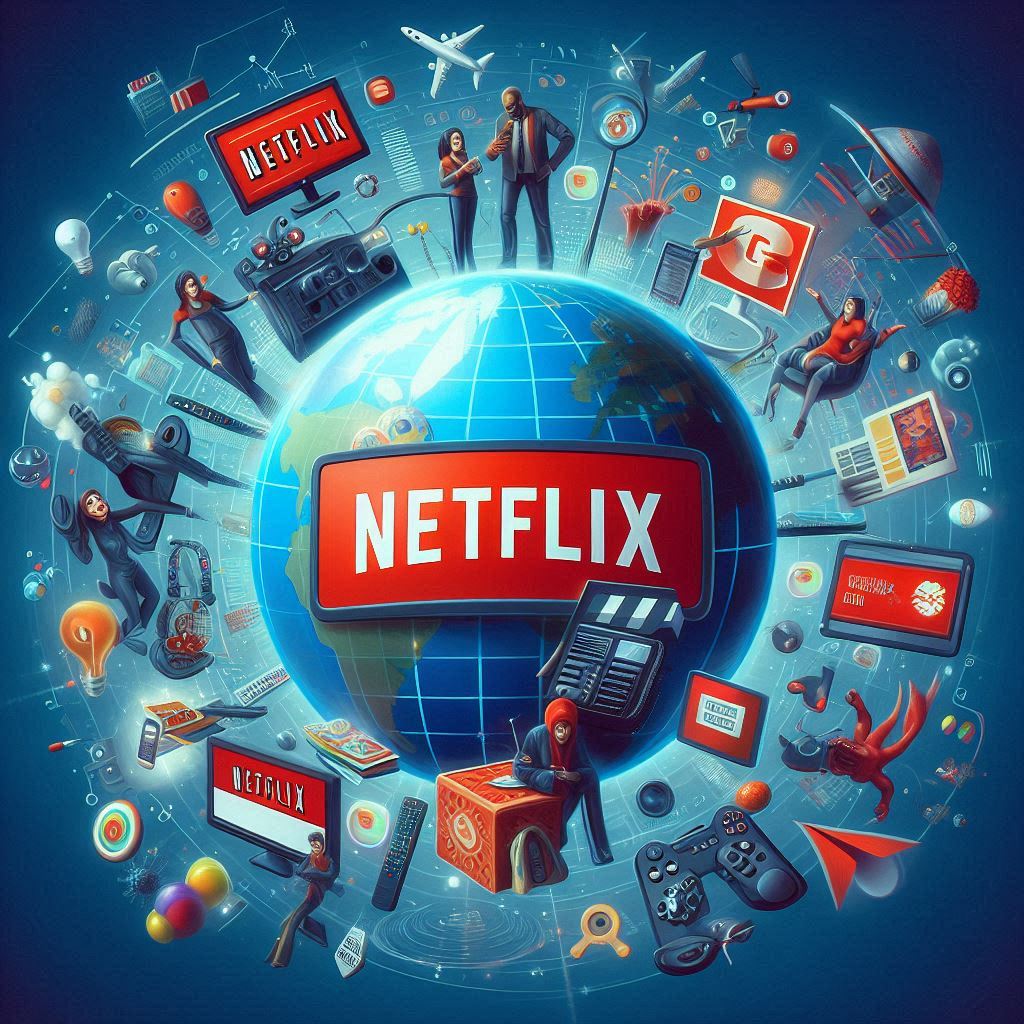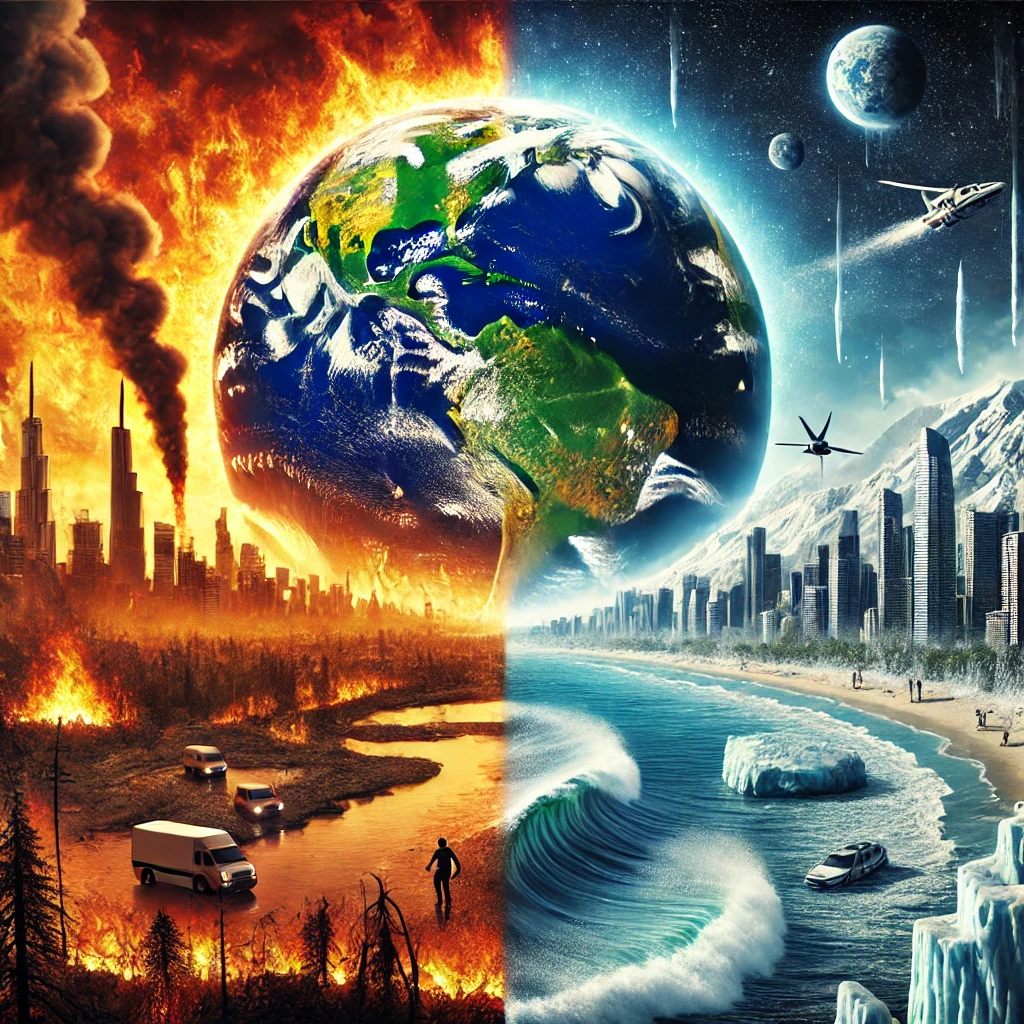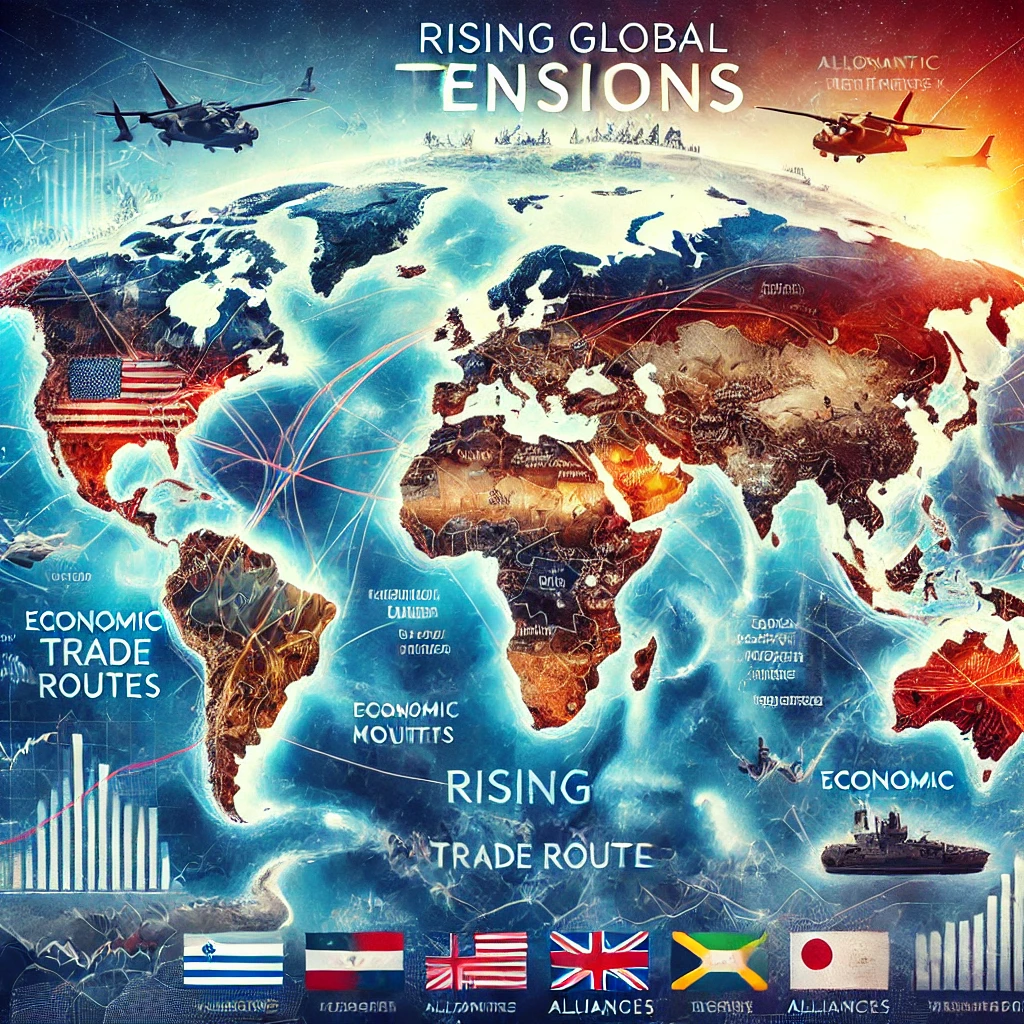
The global rise of streaming platforms like Netflix, Amazon Prime, and Disney+ has dramatically transformed how people consume media, altering both viewing habits and the entertainment industry itself. Streaming has made content more accessible, diverse, and tailored to individual preferences, breaking down geographical barriers and reshaping the global media landscape.
The Shift in Media Consumption
Gone are the days when viewers were limited to watching TV shows or movies at set times on broadcast networks. With streaming, audiences have complete control over what, when, and how they watch. This flexibility has led to the phenomenon of “binge-watching,” where viewers consume entire seasons of a show in one sitting, a behavior that traditional television schedules could never accommodate. Studies show that binge-watching has become a defining feature of media consumption in the digital age, with millions of people around the world embracing this new norm.
In addition, streaming services cater to diverse tastes, offering vast libraries of content that span genres, languages, and cultures. Global platforms like Netflix now feature a growing selection of international content, from Korean dramas to Spanish-language thrillers and Indian documentaries. This accessibility has introduced audiences to media they might not have encountered otherwise, contributing to the globalization of entertainment. Shows like Money Heist (Spain), Squid Game (South Korea), and Dark (Germany) have achieved worldwide success, proving that language and cultural barriers are no longer major obstacles in media consumption.
Impact on Traditional Media
As streaming services have gained prominence, traditional media has had to adapt. Broadcast television, long the dominant force in entertainment, has seen declining viewership as more people cut the cord and switch to on-demand platforms. Cable TV subscriptions are on the decline, while streaming subscriptions continue to rise. To stay relevant, many traditional media companies have launched their own streaming services. NBCUniversal’s Peacock, CBS All Access (now Paramount+), and HBO Max are examples of legacy media adapting to the new digital landscape.
Streaming has also disrupted the movie industry. The COVID-19 pandemic accelerated this shift, with major film releases bypassing theaters and heading straight to streaming platforms. While some industry experts initially viewed this as a temporary solution, it’s become clear that streaming-first releases are likely to become a permanent part of the film distribution model. This shift has democratized access to new movies, allowing audiences worldwide to view new releases from the comfort of their homes, regardless of their proximity to a theater.

The Future of Global Media
As streaming continues to evolve, its global influence will only expand. Local content production is on the rise, with platforms like Netflix investing heavily in original programming from non-English-speaking countries to cater to regional tastes. This trend not only enhances the appeal of streaming services in diverse markets but also helps to amplify local voices and stories on a global stage.
Furthermore, streaming platforms have made it easier for creators to reach international audiences. Independent filmmakers and small production companies now have more opportunities to showcase their work to a global audience, bypassing traditional gatekeepers like TV networks and movie studios.
The convenience, diversity, and flexibility of streaming have changed media consumption forever. As more people around the world embrace these platforms, the traditional boundaries of entertainment are dissolving, leading to a more interconnected and globalized media landscape.


